04 December 2024
A number of car companies have designed some famous cars. Combining practicality, accessibility, and often beauty, some models stand out as a beacon in their respective eras. Think of the likes of the Jaguar E-Type, Lancia Stratos, and Citroen DS are recognisable even for those who have no idea about cars.
But some manufacturers have almost equally famous headquarters or factories; buildings that combine the same beauty and functionality as is required in their cars, just in bricks and mortar… or more recently glass and steel. Here, we highlight some of the more famous manufacturers’ HQs.
BMW – ‘Hochhaus’ Munich
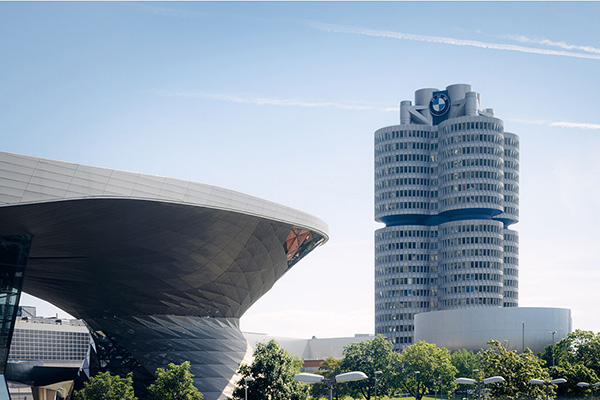
Known by many employees as the ‘Hochhaus’ (skyscraper), BMW’s headquarters literally stand tall above its Munich heartland with four-towers connected by a single spine. Featuring 22 floors – plus subterranean levels – the office block is more than 50 years old, and sits alongside the BMW World museum as the centre of the company’s universe.
Opened in 1973, the museum was opened shortly afterwards, and the development coincided with an era of excitement for both the company and the city, having hosted the now infamous 1972 Olympics the year before. Designed by Karl Schwanzer, it was not only striking, but also a revolutionary design, with the floors hung from a central steel structure; the whole ensemble standing a fraction under 100 meters in height.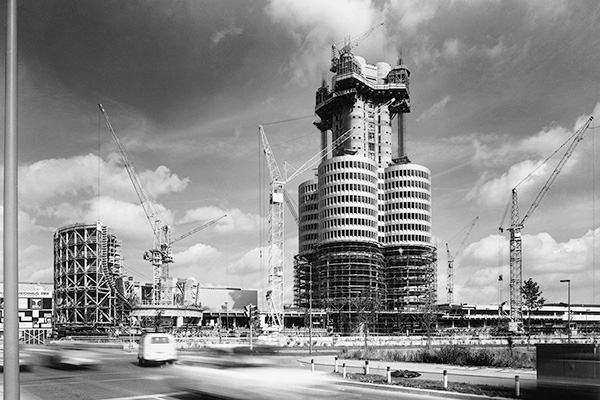
Fiat – Lingotto
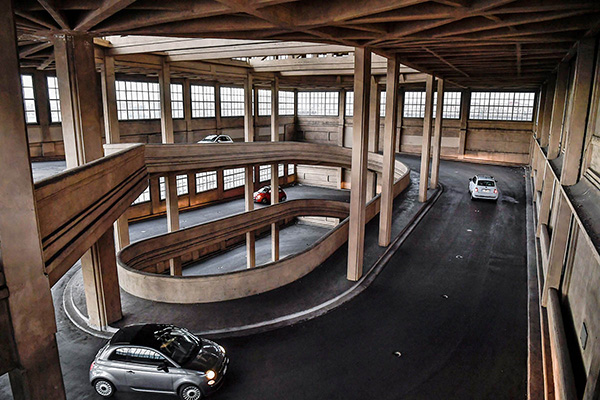
Fiat’s Lingotto facility is no longer the factory it once was, and now holds exhibition spaces, hanging gardens, cafes, and a large number of historic Fiats, but it was once a hive of activity. Opened more than 100 years ago, it was described by Le Corbusier as “one of the most impressive spectacles the industry has ever offered”, the most unusual element of the facility was the roof-top test track – etched into public consciousness when used as part of the escape from Turin car chase sequence in 1969’s The Italian Job film.
From the outset, it consisted of five floors, with lifts and a large spiral ramp at each end. Raw materials and parts were brought into the ground floor, and then gradually assembled as the model travelled along the floors, climbing gradually to the top, where the car was tested quickly on the track once fully assembled. Once opened, it was the largest car factory in the world at the time, and stood grandly in Turin as a symbol of the Agnelli family’s patronage and ownership of the Fiat company, with more than 80 different models built there until it closed as a plant in 1982.
McLaren – MTC
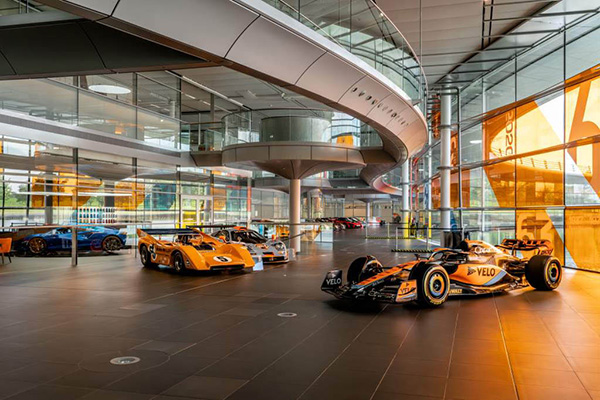
Lacking the flamboyance of the likes of Lingotto above, the MTC is nevertheless distinctly McLaren in ethos, even down to the ‘McLaren Technical Centre’ name; simple, effective, and efficient. It is at least a far more striking piece of architecture than name, with the Norman Foster-designed facility sits just outside Woking, in its own parkland, and with a lake within the circumference of the building’s plot, creating a ying and yang effect. The McLaren Production Centre is within the same site, creating a real hub for the car manufacturer and racing team.
With the atrium housing a number of McLaren’s extensive back catalogue of successful racing machines, the building is not normally open to the public, but reports from those that do get to peek inside are always impressive. And like Lingotto, MTC has been used in films and TV shows, such as Fast & Furious: Hobbs & Shaw, and Avenue 5.
Ford – Detroit
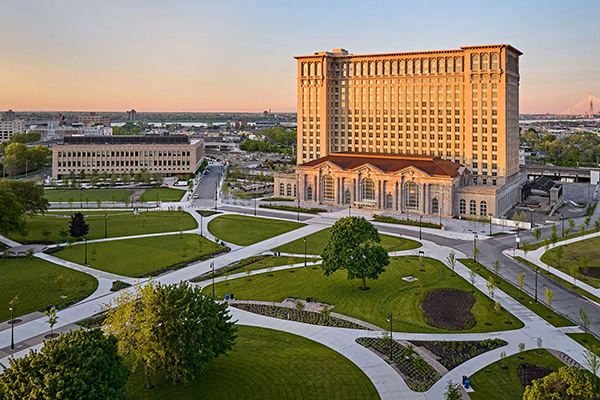
Ford’s World Headquarters building might be one of the most famous industrial office buildings in the world, but it is likely to be usurped in coming years by its next project – Michigan Central Station. Not a replacement for Ford’s main HQ, but a complementary satellite site, housing a culture and tech hub, the former main train station had fallen into disrepair – like much of downtown Detroit – in the late 1980s, having first opened in 1913 as one of the most impressive train stations in the country.
Now, with Ford’s ownership of the site, the impressive building has been thoroughly renovated, and the land outside turned into public space, with both the front square and old rail yards used for park and event space. Opened six years after Ford acquired the 30-acre site in 2018, the hub brings together Ford employees with external partners such as businesses, entrepreneurs, and students, to formulate and inspire new ideas. It’s a historic building, but one very definitely focused on the future.
Volkswagen – Wolfsburg
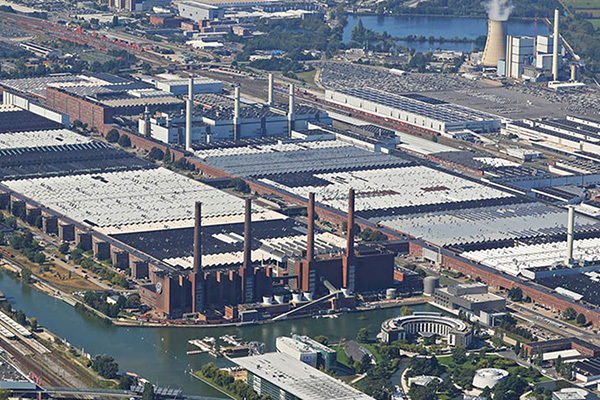
VW’s Wolfsburg plant is inextricably linked to the manufacturer’s identity, with the original brick buildings and famous chimneys where the whole business started. Built in 1938, and we’ll gloss over the politics of the time that brought Volkswagen into creation, it really started getting into its stride after the war with the success of the Beetle.
Between 1945-49, it was run under the guardianship of the British military, with Beetle production starting in 1945. Just ten years later, the one millionth Beetle was produced, in 1974 Beetle production ended and the Golf started, and by 1988 the 10 millionth Golf rolled out of the plant. Since then, Wolfsburg has expanded to more than 6.5 million m2, sees 70,000 employees work there, and produces almost half a million vehicles a year.
It’s by no means an exhaustive list, with the likes of Porsche’s Stuttgart base, Bentley’s Crewe works, Rolls-Royce’s Goodwood home, and Ferrari’s Maranello hub all worthy of a mention too. Which headquarters would you like to see featured in future? Are you fond of Morgan’s Malvern-based cottage-style factory, or favour the colossal site of Honda’s home?

COMMENT